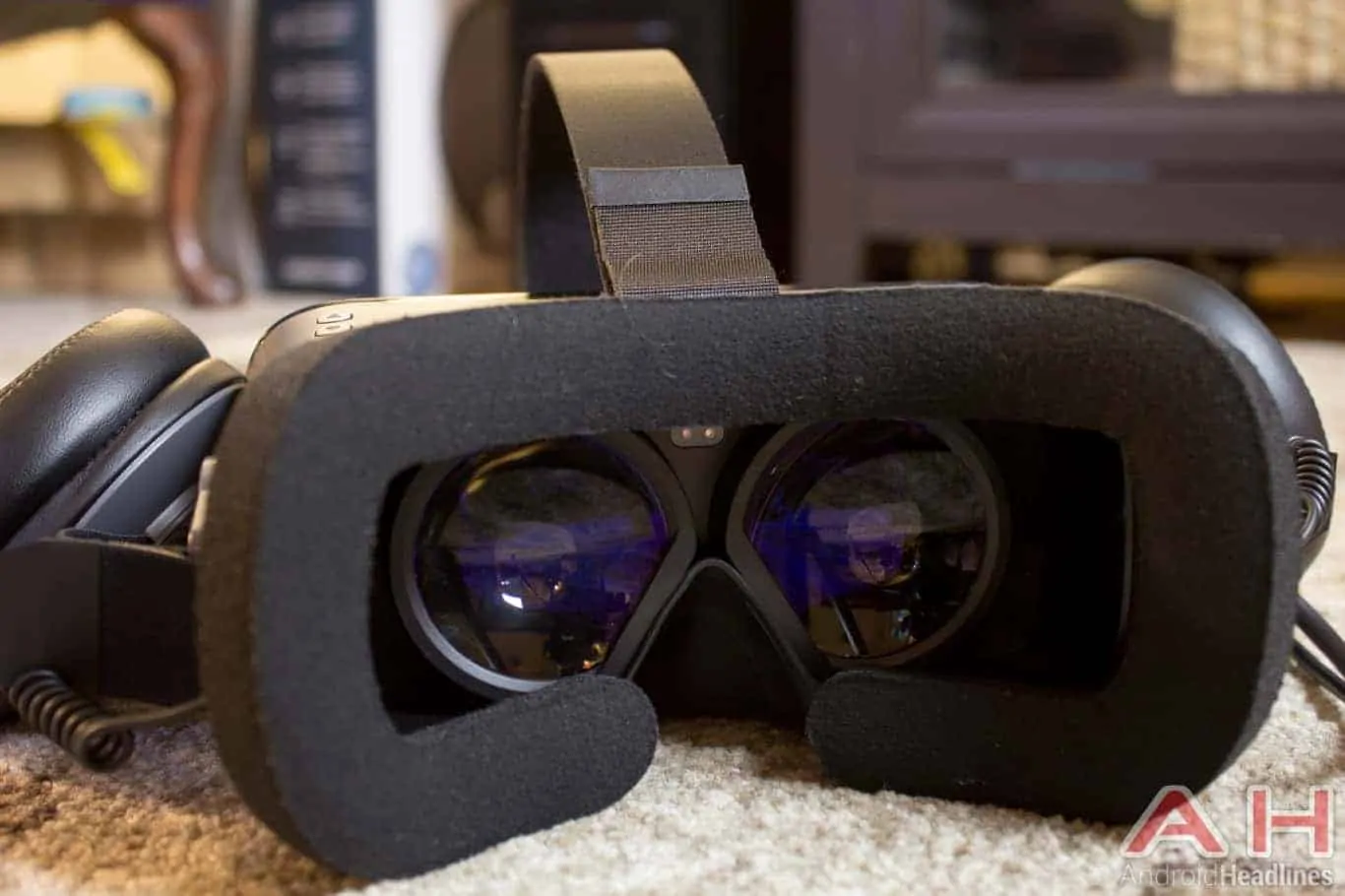Oculus co-founder and sometimes controversial figure Palmer Luckey says that he is currently working on least one possible solution for the common VR problem referred to as VR sickness. Luckey hasn’t offered any indication as to what exactly his solution might entail. However, he does suggest that, as far as he knows, nobody else is working on the same “branch of the problem” that his efforts are focused on. Moreover, he describes the possible outcome as “universal” and says that an open-source design is planned for release later on in 2018. Luckey is understandably not willing to discuss that design but the issue in question is relatively well understood. VR sickness is caused by discrepancies in the visual and vestibular inputs received by the brain. In effect, VR users often become dizzy or disoriented because the automatic and involuntary eye movements that counteract physical movement don’t quite match up with other sensory input registered by the vestibular system, which is related to balance.
Conversely, Luckey has provided some insight into what his solution will not include. To begin with, although it will be a software and hardware solution, there will be no treadmills involved at all. Omnidirectional active treadmills and similar platforms that help simulate real-world movement in conjunction with VR visuals are a plausible solution but simply take up too much space and don’t work for every experience, Luckey points out. They’re a solution that many tech firms are already working on, in any case. On the other hand, the solution also won’t involve galvanic vestibular stimulation (GVS) either since there are “too many problems” with the process. GVS requires painless electrical signals to be sent to the nerves that maintain balance in order to simulate a situation or stimulate a physical response, such as causing the person in question to walk unintentionally.
Meanwhile, other solutions that various companies are working on include self-adjusting lenses which track eye movement and appropriately refocus clarity to simulate natural eye mechanics and 6DOF head-tracking using “inside-out” cameras, among other technologies. More mundane solutions have including simply improving the clarity of VR headset lenses with higher-resolution displays. With that said, most of those solutions are fairly well-known so it isn’t likely that Luckey is referring to any of those.
Next five years:
1) Universal solution for vestibulo-oculular mismatch in virtual reality
2) Superhuman sensory perception/reaction for a handful of people
3) Predictive analytics indistinguishable from time travel in some cases
4) VTOL air taxis
5) 0 to 60 in 0.8 seconds
— Palmer Luckey (@PalmerLuckey) August 21, 2018
Hardware and software. I am aiming to open-source the design later this year. Not aware of anyone else working on this branch of the problem.
— Palmer Luckey (@PalmerLuckey) August 22, 2018
Not using GVS, cool as it is. Too many problems.
— Palmer Luckey (@PalmerLuckey) August 27, 2018
I am pretty sure. Treadmills can solve mismatch pretty well if they are large enough, but are not a universal solution (cockpit games, 3rd person, etc)
— Palmer Luckey (@PalmerLuckey) August 22, 2018

